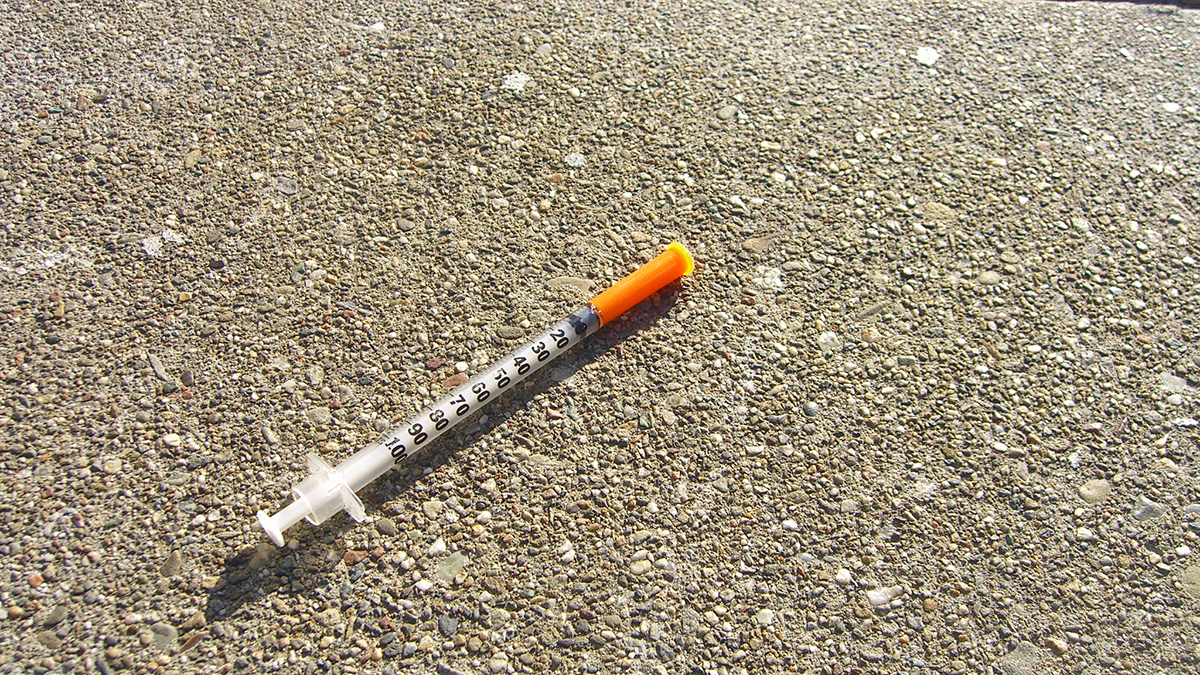 Supplied
SuppliedWith Sunday marking the end of Rio’s tumultuous hosting of the Olympic and Paralympic Games, it’s tempting to see the numerous scandals that surrounded them as having passed. But with last week’s leak of medical records from the World Anti-Doping Agency (WADA), a spotlight has once again been trained on athletes’ use of performance-enhancing drugs.
Established in 1999 under the directive of the International Olympic Committee (IOC), WADA is an independent international agency that unifies the IOC and “intergovernmental organizations, governments, public authorities, and other public and private bodies” in an effort to combat doping. It was on their recommendation that the IOC banned 118 Russian Olympians and the entire Russian Paralympic team from Rio due to allegations of state-sponsored doping. That decision undoubtedly led to the September 13th hack of WADA’s databases by a group of Russian hackers.
The “Fancy Bears” hacking group has slowly been releasing the “Therapeutic Use Exemption” (TUE) records of dozens of international athletes. As the name suggests, TUEs are medical prescriptions given to athletes for substances that would otherwise be banned. They are common enough that WADA does not deal with them directly – this is up to the myriad organizations under its umbrella. Though these prescriptions are authorized, “Fancy Bears” have made it clear that they believe WADA’s leniency in TUE regulation, be it merely infrastructural or politically motivated, makes it complicit in doping.
Though releasing private medical records is morally questionable, the information is now irrevocably available to the public. We’d be wasting the opportunity if we didn’t use these leaks to jump-start a conversation. While WADA has global guidelines for what constitutes an exemption, it doesn’t have the time or means to review every single decision made by its constituent organizations. Here lies the problem.
To mitigate the abuse of these substances, WADA must create an international public database of TUE prescription statistics. Such a database would generally maintain athletes’ anonymity, but would track three major factors: the TUEs being prescribed, per capita prescription across countries, and their use within certain sports.
The 2016 version of WADA’s bible, the “List of Prohibited Substances and Methods,” contains hundreds of entries. Many of these substances are permanently linked to doping and are therefore rarely seen in TUEs. Others, such as a variety of corticosteroids, are common among athletes and non-athletes alike as an anti-inflammatory and immune system suppressant. By tracking which TUEs are most common and when they are prescribed in relation to competition dates, WADA could launch inquiries both into individual athletes’ pharmaceutical use and into whether certain substances need to be more strictly monitored.
Given that doping scandals often involve entire teams or even countries, it would make sense to further monitor and compare TUEs between such groups. If a certain country seems to be over-prescribing potentially performance-enhancing pharmaceuticals, greater attention could be paid both to particular teams, as well as to a country’s own regulatory bodies and the potential corruption within.
Though scandals such as Russia’s Olympic debacle and the “Festina Affair” at 1998’s Tour de France that led to the very creation of WADA both involved illicit drug use behind regulators’ backs, it’s not a leap to imagine that teams have since evolved to abuse the TUE system as well.
TUE use also varies across sports. Cortisone, for example, possesses steroidal qualities capable of decreasing pain and increasing airflow by opening the airways during exercise, but is also a common anti-inflammatory prescribed to asthma patients. Athletes are actually more prone to asthma in general because of the strain they put on their respiratory systems, but some sports see more diagnoses than others. Approximately 25 per cent of professional swimmers and as many as 50 per cent of cross-country skiers have asthma. Though there are a variety of explanations for these statistics, it’s often believed that it may be caused by chlorine byproducts and cold, dry air, respectively. Large numbers of cortisone prescriptions within these sports therefore make total sense. But a sudden spike in those same prescriptions for, say, a basketball team would be cause for suspicion.
By tracking these three factors and perhaps others, the World Anti-Doping Agency would be able to maintain a better grasp of changing prescription trends and potential doping instances without exerting much more effort. The exploitation of any system is inevitable, but the extent of the problem could be greatly reduced through better statistics management. It’s hard to believe that in a world where athletic performance still holds substantial political weight, Russia is the only country practising doping on a large scale.




